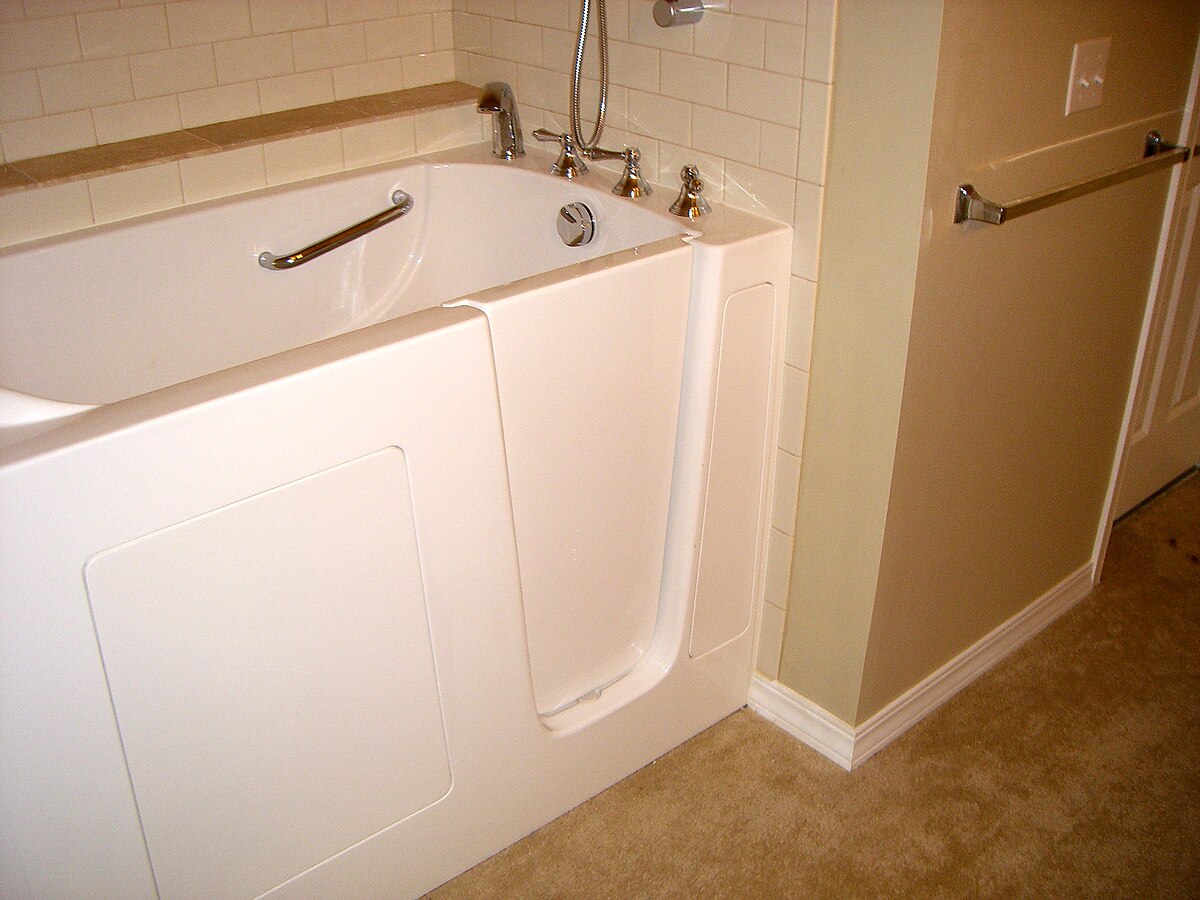Walk-In Showers: Enhancing Bathroom Safety and Accessibility for Seniors
Walk-in showers have become increasingly popular in recent years, especially among seniors and those with mobility concerns. These innovative bathroom fixtures offer a blend of safety, accessibility, and style that can significantly improve the quality of life for elderly individuals. In this article, we'll explore the benefits of walk-in showers, their design features, and why they're an excellent choice for seniors looking to age in place comfortably.
Accessibility is another crucial advantage. Walk-in showers typically feature a low threshold or no threshold at all, allowing easy access for wheelchairs or walkers. This design ensures that seniors can maintain their independence and continue to use the bathroom facilities without assistance, preserving their dignity and sense of self-reliance.
Additionally, walk-in showers often incorporate features like built-in seating, handheld showerheads, and grab bars, further enhancing safety and comfort. These elements make the showering experience more relaxing and less physically demanding for older adults.
How do walk-in showers improve bathroom functionality?
Walk-in showers can significantly improve overall bathroom functionality, especially in smaller spaces. Their open design creates a sense of spaciousness, making the bathroom feel larger and more inviting. This can be particularly beneficial in compact homes or apartments where maximizing space is essential.
The absence of a bathtub also allows for easier cleaning and maintenance, which is a considerable advantage for seniors who may have difficulty bending or reaching to clean a traditional tub. Many walk-in showers feature smooth, seamless surfaces that are simple to wipe down, reducing the time and effort required for bathroom upkeep.
Furthermore, walk-in showers can be customized to suit individual needs and preferences. From adjustable showerheads to built-in storage niches, these showers can be tailored to provide the perfect balance of functionality and comfort for each user.
What design features should seniors look for in a walk-in shower?
When considering a walk-in shower for seniors, several key design features can enhance safety and usability:
-
Non-slip flooring: Textured or slip-resistant tiles or flooring materials are essential to prevent accidents on wet surfaces.
-
Grab bars: Strategically placed grab bars provide support and stability while entering, exiting, or using the shower.
-
Adjustable showerhead: A handheld showerhead with an adjustable height allows for comfortable use while seated or standing.
-
Built-in seating: A sturdy, water-resistant bench or fold-down seat offers a place to rest and makes tasks like washing feet easier and safer.
-
Adequate lighting: Bright, even lighting throughout the shower area reduces the risk of accidents and makes the space more user-friendly.
-
Temperature controls: Easy-to-use, clearly marked temperature controls help prevent scalding and ensure a comfortable shower experience.
-
Wide entrance: A spacious entrance, ideally at least 36 inches wide, accommodates mobility aids and reduces the risk of bumping into doorways.
How can walk-in showers be customized for individual needs?
Walk-in showers offer a high degree of customization to meet the specific needs of seniors and their caregivers. Some popular customization options include:
-
Multiple showerheads: Installing both a fixed and handheld showerhead provides flexibility for different bathing preferences and needs.
-
Storage solutions: Built-in shelves or recessed niches keep toiletries within easy reach, reducing the need to bend or stretch.
-
Shower curtains or doors: Depending on personal preference and bathroom layout, seniors can choose between easy-to-clean glass doors or lightweight shower curtains.
-
Therapeutic features: Some walk-in showers can be equipped with hydrotherapy jets or steam functions for added relaxation and health benefits.
-
Color and contrast: Using contrasting colors for walls, floors, and fixtures can help individuals with visual impairments navigate the shower space more easily.
What are the cost considerations for installing a walk-in shower?
The cost of installing a walk-in shower can vary widely depending on factors such as size, materials, features, and whether it’s a new installation or a renovation. Here’s a general overview of potential costs:
| Type of Installation | Average Cost Range |
|---|---|
| Basic Prefab Unit | $1,500 - $5,000 |
| Custom Tiled Shower | $4,000 - $15,000 |
| High-End Custom | $10,000 - $25,000+ |
Prices, rates, or cost estimates mentioned in this article are based on the latest available information but may change over time. Independent research is advised before making financial decisions.
Additional costs to consider include:
-
Removal of existing fixtures
-
Plumbing modifications
-
Electrical work for lighting or heated floors
-
Permits and inspections
-
Labor costs, which can vary by region
While the initial investment may seem significant, it’s important to weigh this against the long-term benefits of improved safety, accessibility, and potential increase in home value. Many seniors find that the peace of mind and enhanced quality of life provided by a walk-in shower are well worth the cost.
In conclusion, walk-in showers offer a practical and stylish solution for seniors looking to create a safer, more accessible bathroom environment. With their numerous benefits and customization options, these showers can significantly improve the bathing experience for elderly individuals, promoting independence and comfort in their daily lives. When considering a bathroom upgrade, a walk-in shower is certainly an option worth exploring for its potential to enhance both safety and quality of life for seniors.







